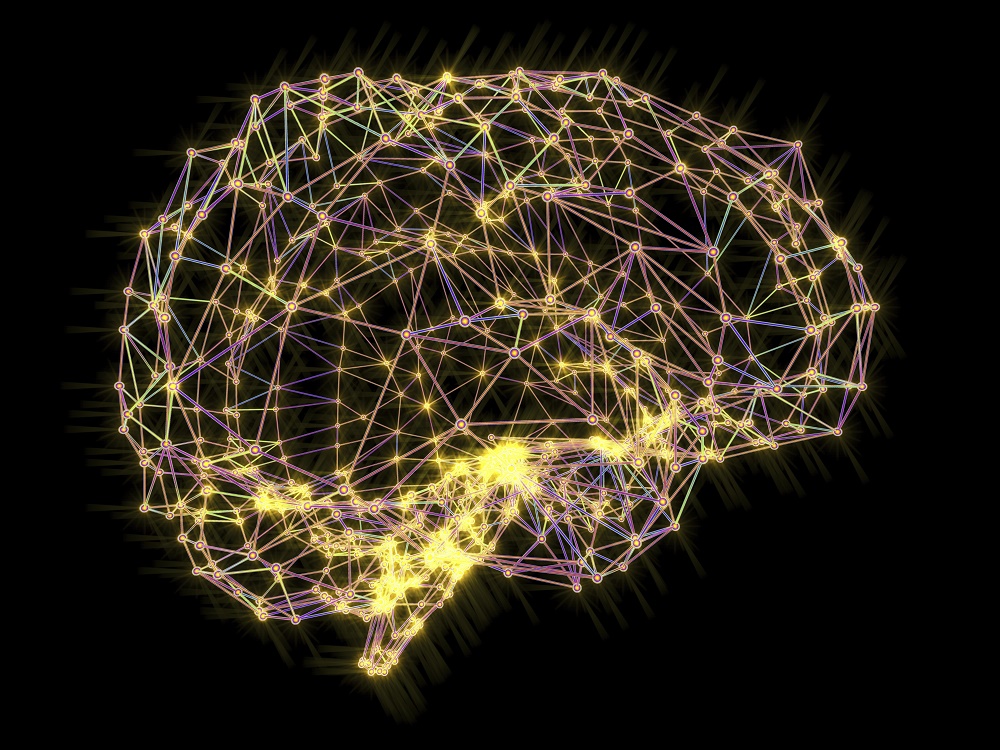The traditional relationship between analytics and creativity might best be described as a state of ‘creative tension’, or perhaps, to put it more crudely, analytics getting in the way of creativity. Steven Hofmans argues that Mad Men need to become Math Men, and this is a journey that is still unfolding. On the way, we are seeing mad men and math men learning to work together.
With more data-driven decisions being the norm, a new synergy is starting to emerge, and it is significantly more powerful. Analysts have long appreciated the importance of making their work more 'approachable' i.e. easier to understand by audiences outside the data science community. And some of this starts with the desire to tell a story, and the willingness to apply design thinking approach to solve the problem. Let me show with some examples.
Storytelling is helped by design thinking
A story starts with its purpose. The key to effective storytelling, and one of the reasons why creatives are so important in analytical story creation, is that a story starts with its purpose. To create an effective story, you must be clear about the message that you wish to communicate. Otherwise, it is not a story, it is a collection of random musings or data.
 Design thinking is another area that brings together analytics and creativity. Design thinking places customers and their needs at the heart of the creation process. Customers themselves may be involved, in a co-creation process, but many companies are using analytics to identify customer needs and then applying creative talent to a now-focused problem.
Design thinking is another area that brings together analytics and creativity. Design thinking places customers and their needs at the heart of the creation process. Customers themselves may be involved, in a co-creation process, but many companies are using analytics to identify customer needs and then applying creative talent to a now-focused problem.
As is any kind of prototyping process. Prototyping is, effectively, an ongoing process of creating, testing, refining or discarding, and using. It therefore requires a creative approach to problem-solving, a strong eye for data and analytics to identify insights, and a tolerance of ambiguity. An important element is testing interpretability, often using storytelling. Clearly that a match between analytics and creativity has a lot to offer any organisation.
Marketing is a good example of the power of combining creativity and analytics. Marketing has always been an area where creativity was vital. But that creativity is now, in the most successful companies, being supported by powerful analytics to provide information about what customers need and want, and how it can best be provided. The combination of creativity and analytics is proving far more powerful than either alone, especially in driving content marketing.
The bigger picture
This also acknowledges that analysis is only part of the process. As much as we like to indulge in the idea that analytics is the answer to everything, there is clearly more. With the right skills and tools, we can extract and analyse the data. But few can take the results of the analysis and generate real insights, turning raw data into a story that anyone can read. Creatives can often supply this ‘storytelling’ ability (pdf).
Last but not least, pictures allow readers to draw their own conclusions, albeit from carefully selected data. Reaching our own insights, rather than being told what we should understand, is much more effective in learning and in retaining the knowledge so carefully acquired. Which is why visualisation is a key way to ‘embellish’ the analytics story. Adding to the analytics story through extrapolation rather defeats the purpose of using data to make decisions. But one key way to embellish a story is to use visualisation techniques. A picture tells a thousand words, and data scientists have long been among those keen to generate pictures that will tell others about their stories.

